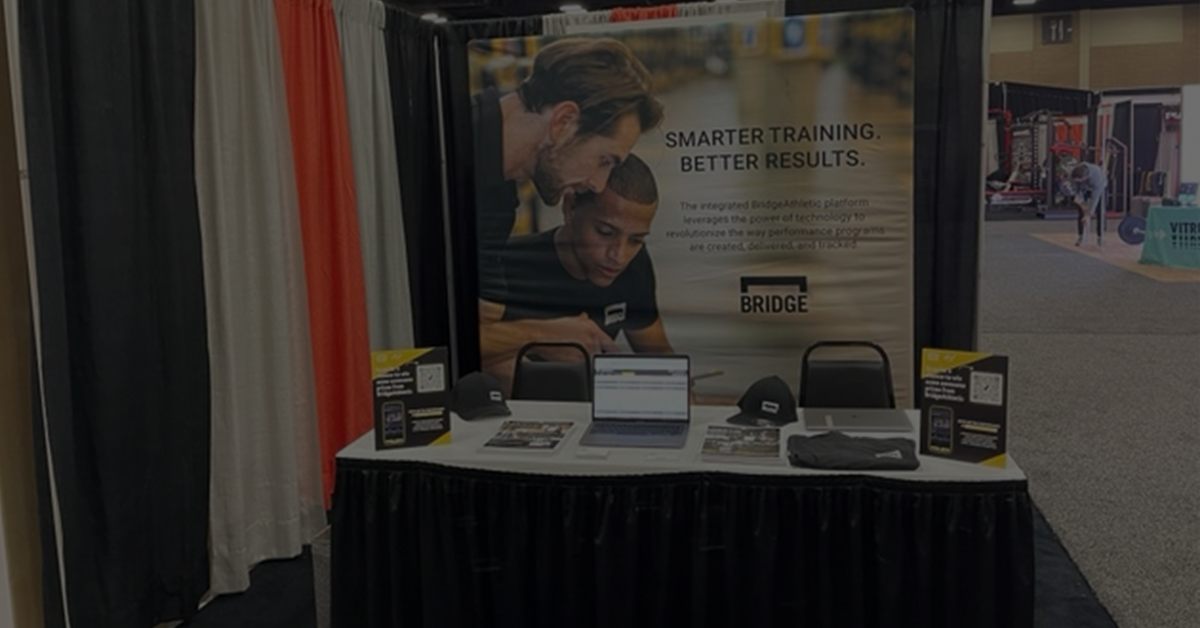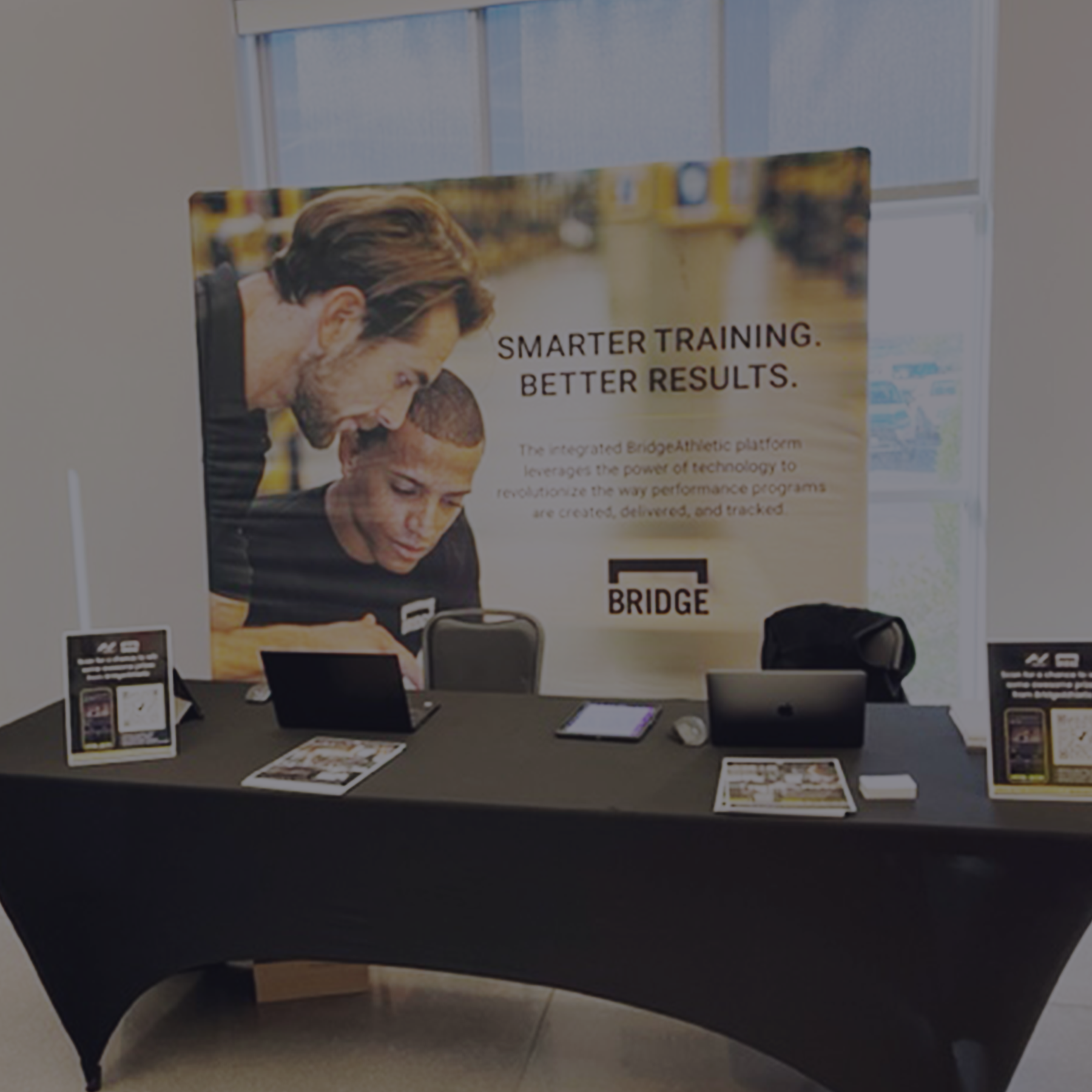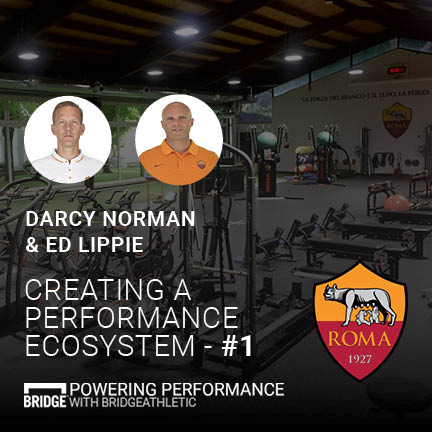How AS Roma Crafted a Performance Culture [Part I]
AS Roma’s Performance staff takes us through how to create effective workflows for your team by creating a structure and correctly utilizing technology in sports.
“Creating structure allowed us to become creative”
In our first episode of Powering Performance, we’re joined by AS Roma’s Director of Performance Darcy Norman and Head Performance Coach Ed Lippie to discuss the tools they use to create a more efficient and cohesive workflow. We gained so much valuable insight, it’s going to take us two parts to unpack it all. We’ll take a look at how AS Roma integrated a framework to increase the workflow of their overall organization. In part one, we’ll explore how they’ve created their performance ecosystem. While part II will focus on the benefits from leveraging this structure. So stay tuned!
Would rather jump straight in and take a listen? Go for it:
Creating Structure
Structure; such a simple concept. But when implemented correctly, it simplifies everything. With the adaption of holistic and reductionist approaches, coaches can prioritize their responsibilities and free up room to get creative when working with their athletes. Bridge Master coaches Darcy & Ed integrated a structure for their staff to mitigate the chaos of multiple training paths and plans and instead facilitate a unified organization. Placing every athlete on their individualized plan, every coach knew exactly what each member was to be doing day in and day out. In line with this plan, the duo established a mission statement to create this unified structure. “As a staff we created our own performance team mission statement, put the athlete at the center of all of our decisions.”
Their mission statement ensures everyone is on the same page, working towards the same end goal. They set up clear objectives within their mission to ensure transparency among the coaches as well as the players. “The primary objective was to create an ecosystem that supported a performance culture.”
Performance Methodology
“Provide a framework to wrap your mind around different circumstances”
In order to cultivate this performance culture, Darcy & Ed stress the significance of implementing business theories to bring sanity to the many moving parts of a performance staff. The first theory surrounds Supply Chain Management.
Supply Chain Management makes sure nothing gets left behind. Put simply, it guides the coaches and players along the path towards every player’s development. Darcy & Ed utilize this business methodology as a way to streamline how each coach approaches his/her work. With everyone following the same game plan of how to properly recover an athlete, it brings sanity and confidence to both the coaching staff as well as the players. It also ensures that even the smallest, yet vital tasks are not overlooked or forgotten.
Complex Systems Thinking takes these checklists and puts an emphasis on a key piece of what makes this structure work, communication. “Complex Systems Thinking is more around the interactions between the parts… how we interact with each other.” Communication is how the AS Roma coaching staff ensures they are all breeding the same type of talent and confidence in their players. Every decision made by the coaching staff should support and revisit their mission statement, ensuring every player is ready to play every match at optimal performance. A goal with the bar set high, but one that is more achievable due to their constant communication on what a player needs and expects. Coaches want to coach the players, and with the correct flow of the right information, Darcy & Ed have gained time to do this and do this well. Communicating assures that information continues to flow and boxes on those checklists continue to get checked off. As Darcy says, “it all boils down to communication at the end of the day.”
Technology to Support Their Mission
The use of technology to fulfill their mission statement and increase their workflow is pivotal for AS Roma’s performance team. However, their structure and values allow them to more easily assess exactly what advancements might impact their workflow. They’re not ones to adhere to the latest trend if it’s not proven valuable out of the gate. Darcy advises, “If technology is taking up more time, it doesn't allow you to spend that time with the athletes, then it's probably not a good return on your investment”
With Bridge, the coaches are able to easily track players both in and and away from the facility. The coaching staff has access to all the data surrounding their players, so as soon as an athlete walks into the training center the coach knows exactly what they need. With technology becoming more prevalent in the weight room, Darcy & Ed suggests a staff work together to decide what they want to gain from these tools rather than trying to leverage everything. “People often think something is important because we can track it, rather than tracking it because we first found it important”
Ask yourself:
- Why am I using this technology? What am I getting out of it?
- What aspects will help enhance performance for our organization?
Physical Structure & Workflow Efficiency
While Darcy & Ed’s theoretical approaches have unified AS Roma’s performance strategy, the advances to their physical structure ties it all together. So far we’ve covered the theoretical structure that helps increase workflow, but their physical structure aids the mission in monumental ways.

Their training center is more than a state of the art facility, it is a hub for athletes and coaches to work together towards their mission. The redesign of their facility focused on the athlete and coach experience. Workflow increased through the entire facility with additions such as staff meeting rooms, team rooms, and a kitchen for the nutritionist. Each of these add ons were driven by their mission statement and to answer the question, “what can we do to make sure each player is performing at their best?” It all boils down to workflow. With the integration of a nutritionist kitchen, players have to check in pre and post workout for the correct fuel. This is one of those boxes on the checklist that could easily get skipped over during a busy day, but one that makes a huge impact on how an athlete performs. Creating both a theoretical and physical structure that flows well supports athletes to perform at their best.“It really comes down to communication and flow of information, so the more efficient your workflows and spaces are, the more up to speed and in unison everybody is.”
In part II of our AS Roma blog post, we discuss how these performance methodologies allow AS Roma’s performance team to become more creative in and out of the training center. In the meantime, comment below on any cool ways you're taking advantage of structure or technology. Any groundbreaking ideas you have implemented?
About the Author

At Bridge, we are all athletes and coaches first. As athletes, our team has experienced everything from riding the pine on JV, to winning NCAA championships, to competing in the Olympic Games. As coaches, we have helped countless athletes reach their full potential, winning everything from age group section championships to Olympic Gold Medals.
Related Posts

What to Consider When Choosing a...
What strength and conditioning coaches should consider when choosing a program design software...
...

2022 NSCA Coaches Conference
The BridgeAthletic team attended the 2022 NSCA Coaches Conference in San Antonio, Texas January 6-8...

2021 Fusion Sport Conference
The BridgeAthletic team attended the 2021 Fusion Sport Summit - North America at the UFC...



